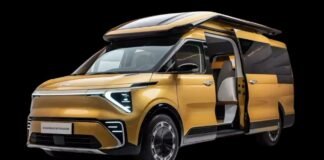2024 Mitsubishi Outlander no doubt provides a modern SUV experience. Its exterior design is more playful than the Nissan’s, with sharper edges and unique lighting elements. Inside, the Outlander has seating for seven and a decent list of available luxury features.
Let’s explore the 10 essential things you need to know before buying the 2024 Mitsubishi Outlander.
1. Engine and Performance
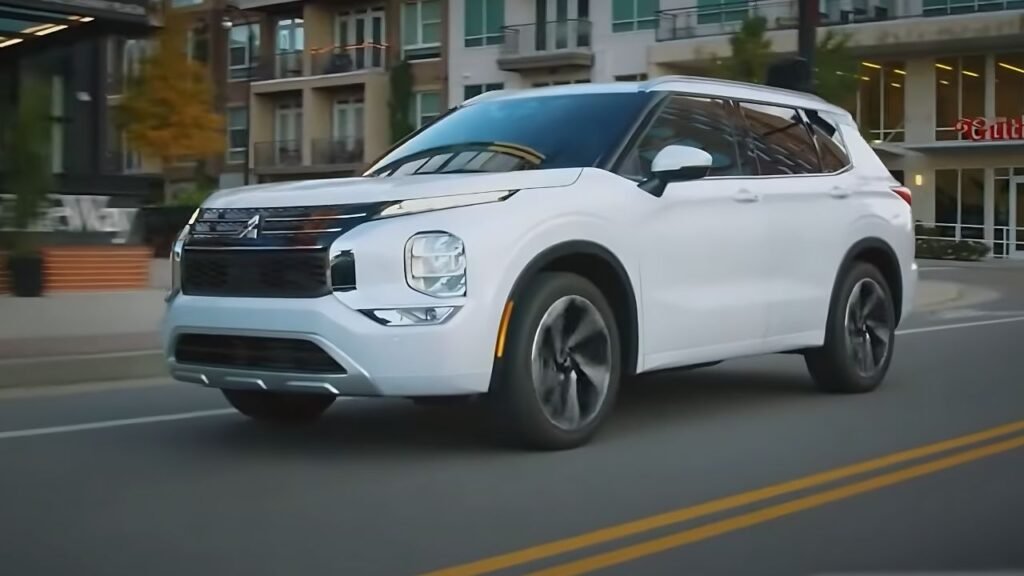
The fourth generation of the Mitsubishi Outlander comes with the tried and tested 2.5-liter naturally aspirated inline 4 motor, also found in the Nissan Rogue. This motor churns out 181 horsepower and 181 pound-feet of torque and comes mated to an 8-speed CVT automatic transmission with shift-by-wire paddle shifters and multiple drive modes.
Also Read – 2024 Outlander: Why You Shouldn’t Overlook This Surprising Contender!
Overall, the driving experience provided by the Outlander is mediocre at best. The engine feels coarse as the revs climb, and the performance is underwhelming at highway speeds. Foot down, and the CVT makes the car feel even more lethargic. However, the city’s drivability is more than adequate.
The plug-in hybrid model is more powerful and can reach 60 miles per hour in 6.6 seconds. The 2.4-liter four-cylinder is assisted by a pair of electric motors for a combined 248 horsepower, and the Outlander plug-in hybrid felt perkier, especially in urban driving.
Suggested Article – 2024 Outlander vs. 2024 RAV4 – My Honest Review
2. Handling and Steering
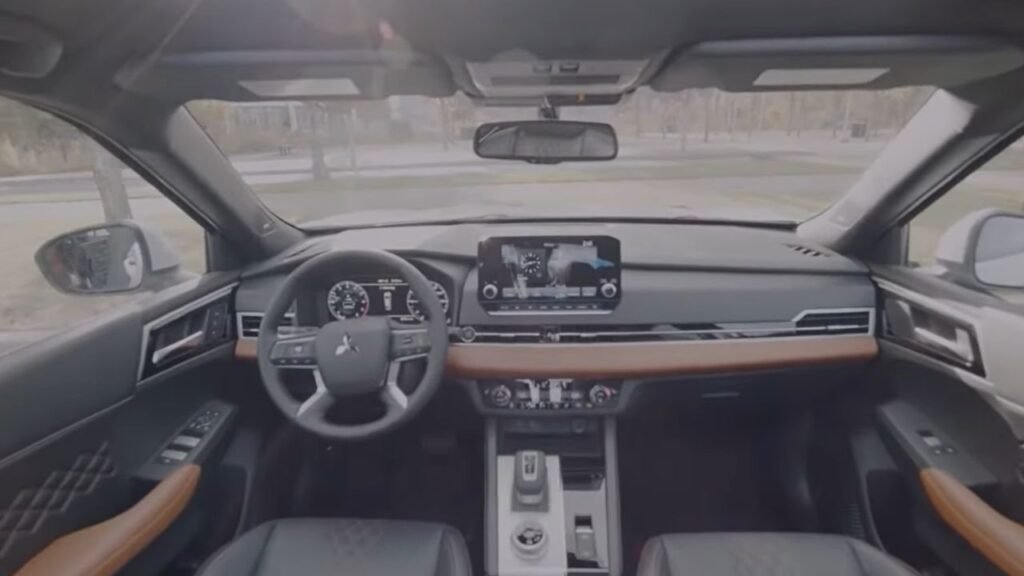
The Mitsubishi Outlander is a surprisingly competent handler, even with a heavy curb weight and higher-than-average ground clearance. On winding roads, the independent front and rear suspension system with a well-engineered chassis gives the car an edge of sportiness, and the body roll is manageable.
The Outlander comes with both front-wheel drive and all-wheel drivetrain configurations. The all-wheel-drive variant feels more planted and better regarding road manners and cornering ability. The electric power steering is superior to the lifeless steering system found in rivals.
3. Exterior Design
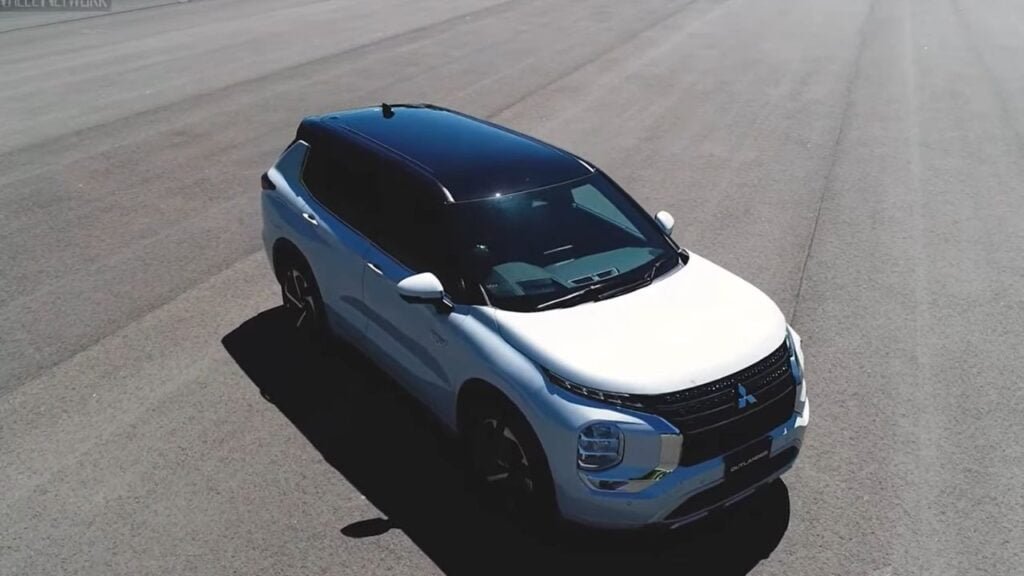
The overall design is one area where the Mitsubishi Outlander beats all its rivals. This compact SUV looks nothing like its competitors. The futuristic front end with chrome accents and a silver-finish skid plate gives unmatched presence to the Outlander.
Best-in-class height, ground clearance, and width also give it the proper SUV character. Standard exterior features include LED headlights and tail lights, 20-inch wheels (depending on the trim you choose), chrome window lining, lip spoiler, and more. The side profile takes the futuristic design language forward with multiple character lines and fender flares. The excellent wheelbase and length make the Outlander look even bigger.
4. Interior and Comfort
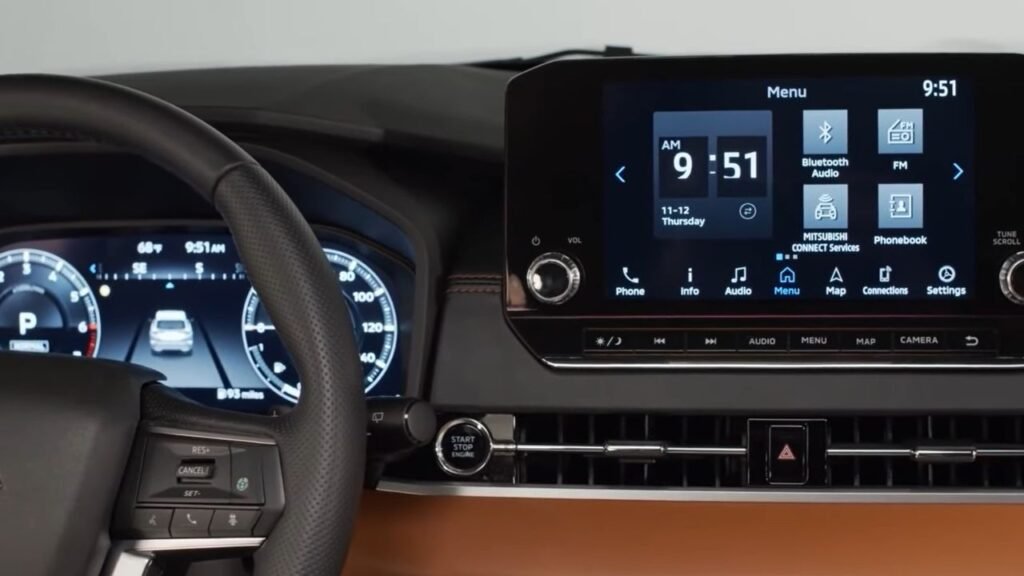
Unlike the previous third-generation Outlander, the current model’s interior looks much more futuristic and elegant. The wide cabin of the Outlander surprises with a classy dashboard design and quilted leather upholstery, making it look much more expensive than it is.
The chunky steering wheel is wrapped in leather, and beautifully crafted knobs, buttons, and other switchgear enhance the interior. The light interior color combination adds wonders to this space.
5. Fuel Efficiency
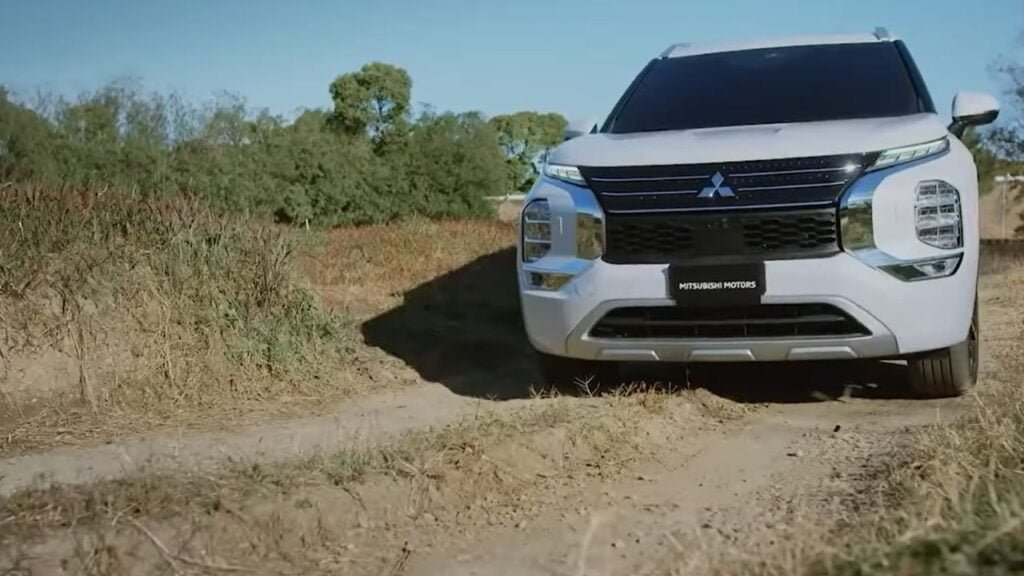
Many rivals in the compact SUV segment come with turbocharged motors and torque converter automatic transmissions, which do a decent job of providing above-average fuel efficiency. However, this is not the case with the Mitsubishi Outlander.
Even when compared to the Nissan Rogue, which has the same powertrain, the Outlander turned out to be less efficient. It gives a city gas mileage of 24 miles per gallon and 34 miles per gallon on the highway with the front-wheel drivetrain layout. This equates to a combined gas mileage of 27 miles per gallon.
With a 14.5-gallon fuel tank capacity, the car could cover 450 miles on the highways on a full tank. The all-wheel-drive variant offers slightly reduced highway gas mileage of 31 miles per gallon.
The Outlander plug-in hybrid is rated for 25 miles per gallon city and 27 miles per gallon highway when running on gasoline, and 64 miles per gallon gasoline equivalent combined when accounting for its electric driving range.
6. Infotainment System
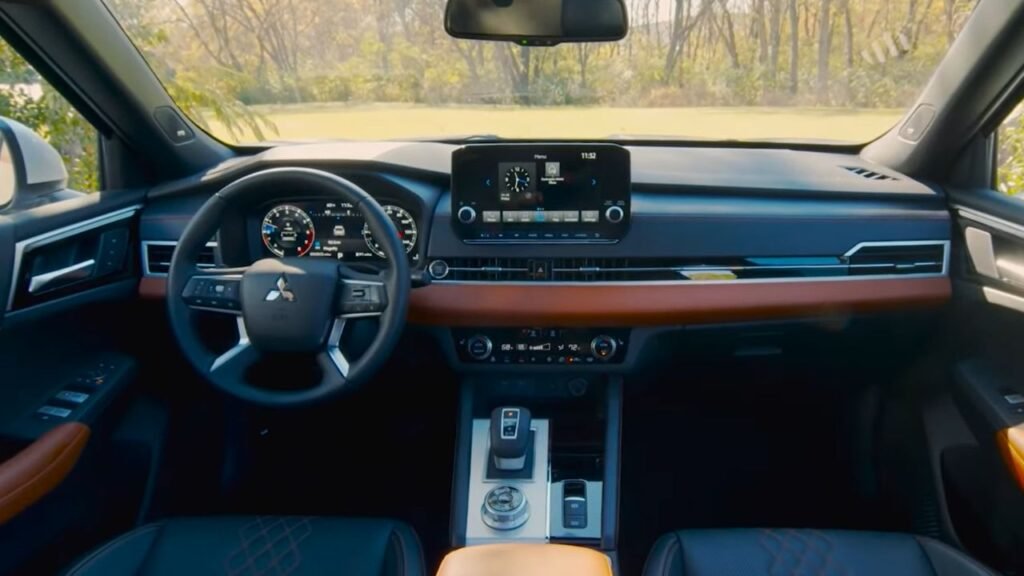
The previous generation of the Outlander was synonymous with its subpar infotainment experience from the 8-inch touchscreen system. However, the current Mitsubishi Outlander has a very intuitive, bright, and punchy display with great touch sensitivity.
Both Android Auto and Apple CarPlay come standard, with the latter featuring wireless integration. Other connectivity and entertainment features like Sirius XM radio, steering-mounted audio controls, Bluetooth, and voice recognition are also standard. If you opt for the necessary packages, you can get a 10-speaker Bose audio system and wireless charging.
7. Driver Assistance and Safety Features
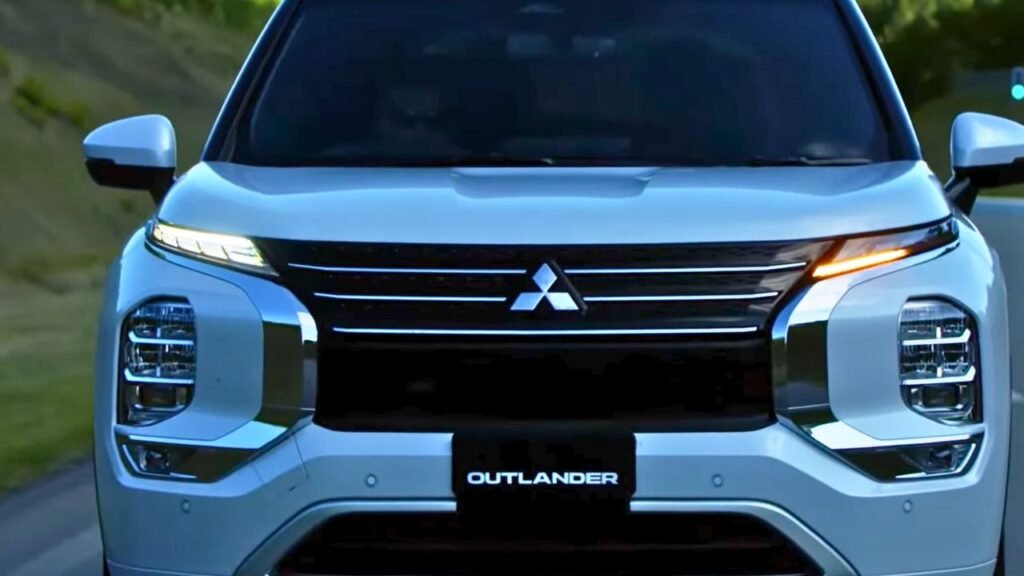
Offered at a base manufacturer’s suggested retail price of $28,395, prospective buyers would expect the Outlander to come with a decent amount of features as standard, especially regarding driver assistance tech. However, most major driver assistance features, such as forward collision warning, automated emergency braking, blind spot monitoring, and lane departure warning, are only available through various packages, which can be a bit expensive.
Nevertheless, the car includes all the basic safety features as standard. The build quality is excellent. While the NHTSA hasn’t crash-tested the 2024 Outlander yet, it earned the Top Safety Pick Plus title from the Insurance Institute for Highway Safety.
8. Ride Quality
The suspension system of the Mitsubishi Outlander is tuned to be on the softer side, which has both pros and cons. In city driving, the Outlander is comfortable, absorbing even the deepest potholes without transmitting much to the passengers. However, the soft setup compromises ride quality at highway speeds, which can be easily felt.
While the ride quality is not terrible, it doesn’t ride flat like the Mazda CX-5. There is a bit of vertical movement at speeds above 60 miles per hour, which can be a bit nauseating to the rear seat passengers.
9. Braking Performance
Braking performance is an area where most offerings in the segment excel. However, the Mitsubishi Outlander was a bit disappointing. This compact crossover SUV comes with 13.8-inch front and 13-inch rear rotors and all the regular braking features like ABS, EBD, and ventilated rotors.
Although it ticks most of the boxes for an impressive braking performer, the mediocre feel and feedback of the brake pedal are disappointing. It felt a bit wooden, especially compared to the superb setup offered by the CX-5, and the front-end dive was on the higher side.
10. Seating and Space
The front row of the Mitsubishi Outlander is a great place to spend time. The seats are supremely comfortable and feel much more expensive than the price suggests. The leather upholstery feels premium, and the excellent headroom and legroom make it ideal for tall passengers.
The same is true for the middle row, which can be had with captain’s chairs if you go up the trim ladder. There is more than adequate headroom, legroom, and shoulder room, and the seats offer excellent under-thigh and lower back support. However, the third row is best suited for kids, as adults will find it cramped with mediocre legroom and non-existent under-thigh support.
Conclusion
The 2024 Mitsubishi Outlander offers a unique design, a comfortable interior, and some advanced features. However, it has its drawbacks, including underwhelming performance and fuel efficiency. Before making a decision, consider what aspects are most important to you in an SUV. The Outlander may not be perfect, but it offers a blend of style and practicality that might just meet your needs.
